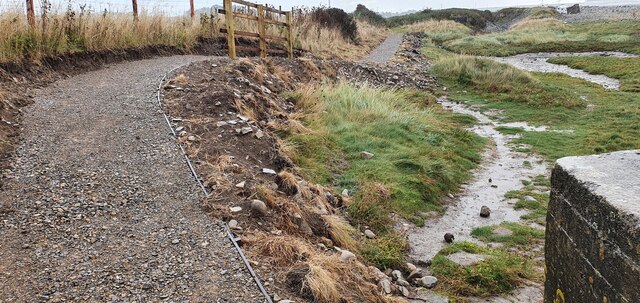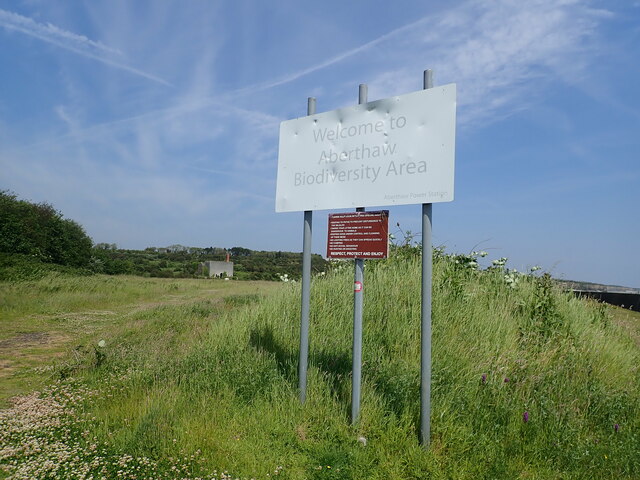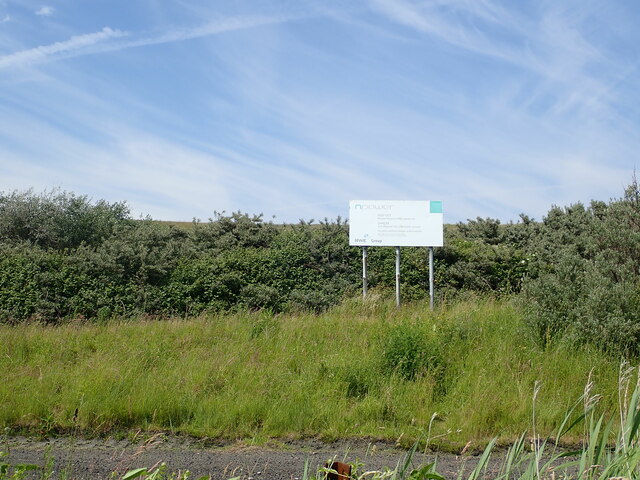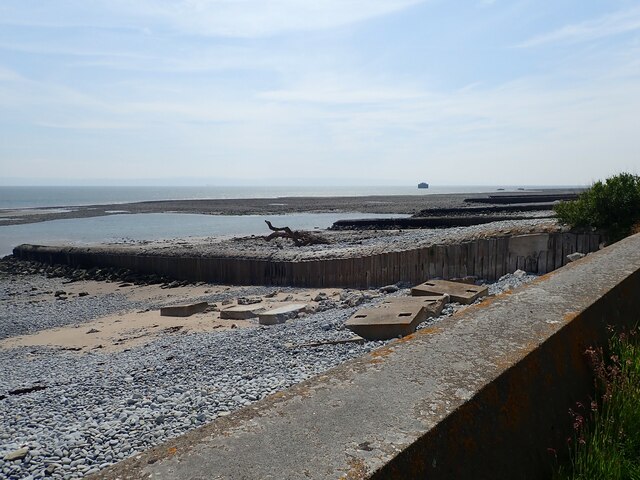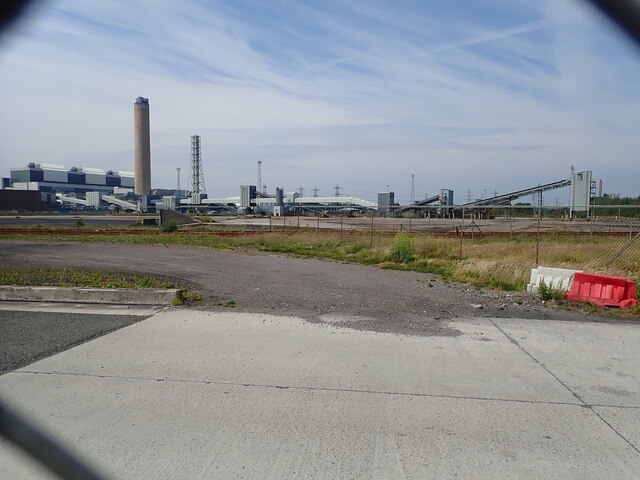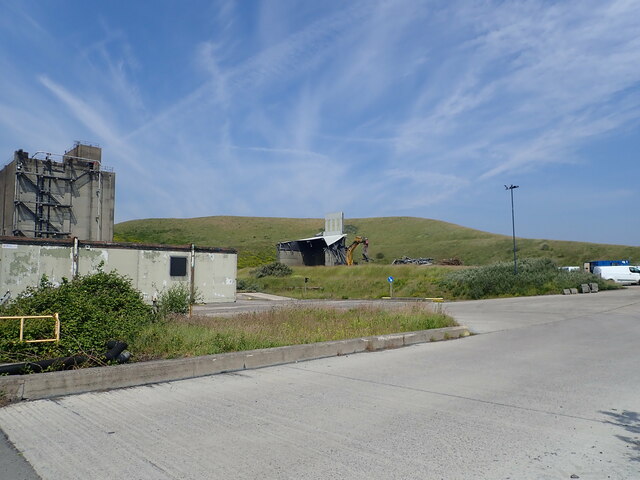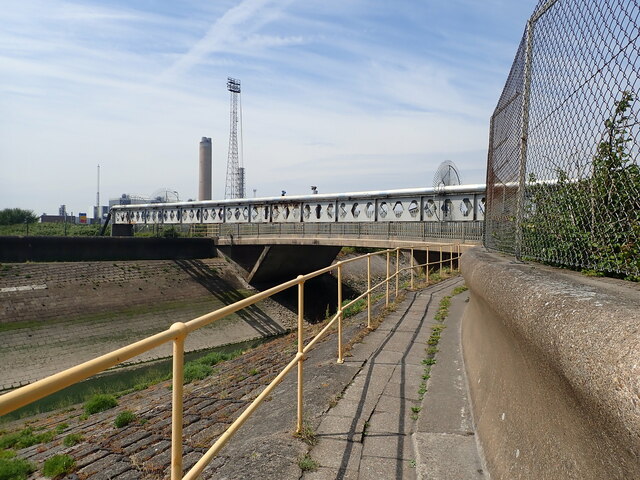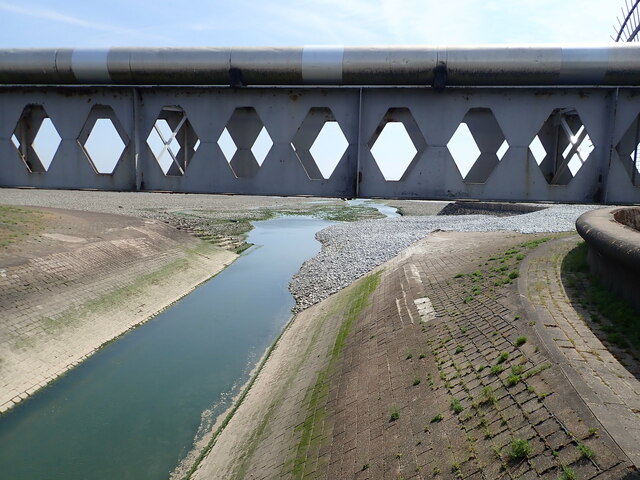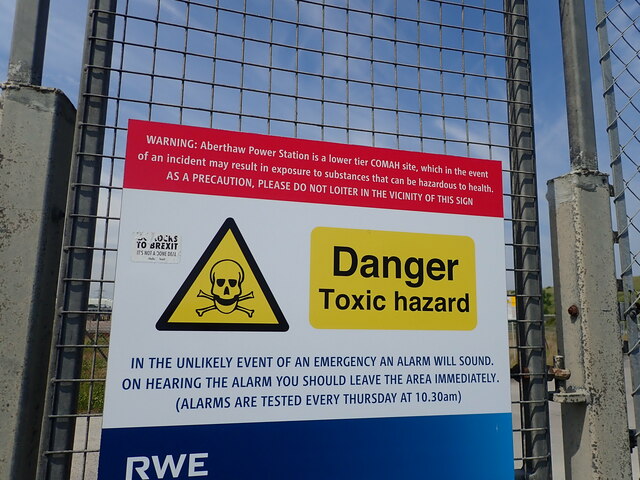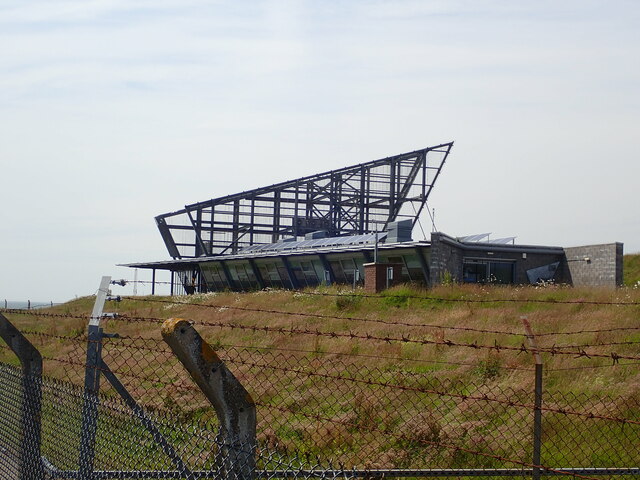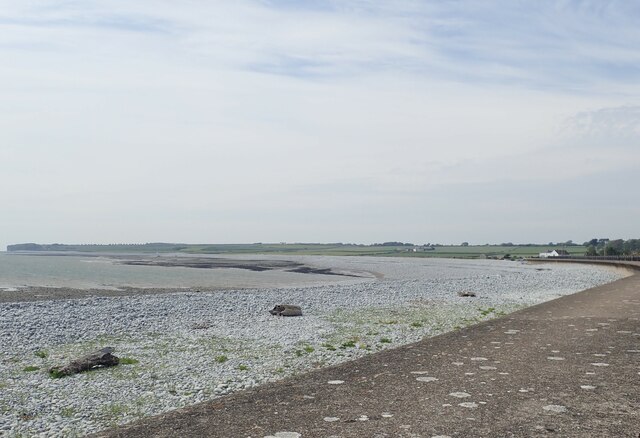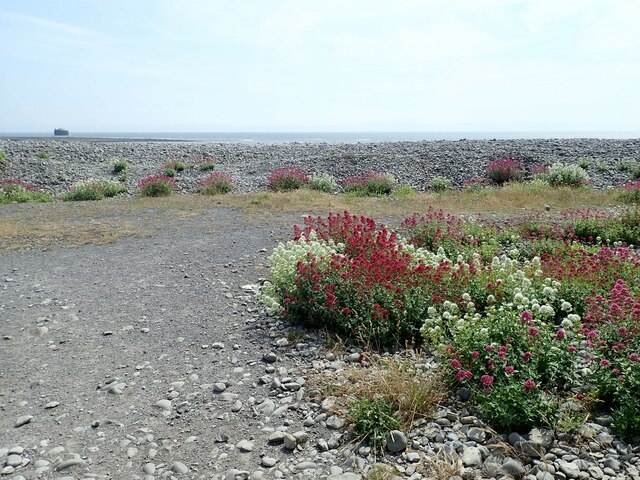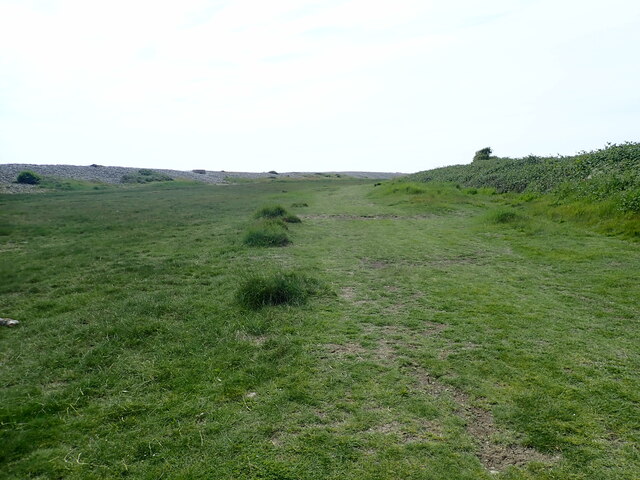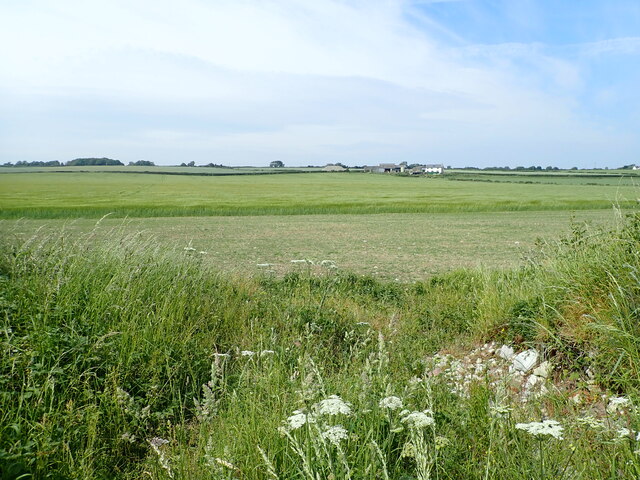Boys Village
Settlement in Glamorgan
Wales
Boys Village
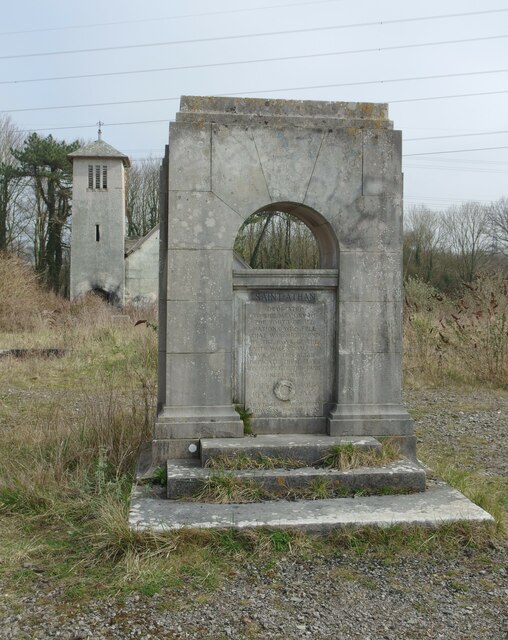
Boys Village, located in Glamorgan, is a historically significant site that served as a residential facility for boys during the mid-20th century. Situated on the Welsh coast, the village was established in the 1930s as part of a philanthropic effort to provide support and opportunities for underprivileged young boys.
The main purpose of Boys Village was to provide a safe and nurturing environment for boys who had experienced challenging circumstances such as poverty, neglect, or the loss of their parents. The village aimed to provide them with a stable home, education, and vocational training to help them build a better future.
The village was comprised of several purpose-built cottages, each housing a small group of boys under the care of a house parent. The boys had access to various facilities, including a school, recreational areas, and vocational workshops. The educational curriculum focused on both academic subjects and practical skills, aiming to equip the boys with a well-rounded education.
Boys Village played a significant role in the lives of many young boys, providing them with opportunities they may not have otherwise had. The village fostered a sense of community and belonging, offering support and guidance to boys who often lacked stable family environments.
Over time, societal changes and advancements in child welfare led to the closure of Boys Village in the late 20th century. However, the village remains an important part of Glamorgan's history, serving as a reminder of the efforts made to improve the lives of disadvantaged children and the positive impact it had on many individuals.
If you have any feedback on the listing, please let us know in the comments section below.
Boys Village Images
Images are sourced within 2km of 51.393545/-3.4099437 or Grid Reference ST0267. Thanks to Geograph Open Source API. All images are credited.

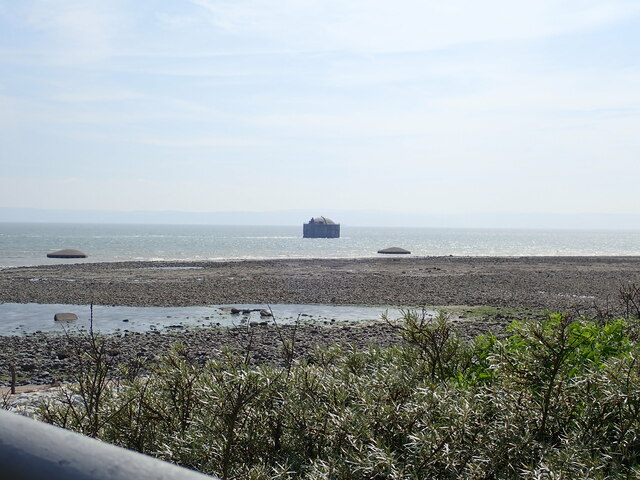
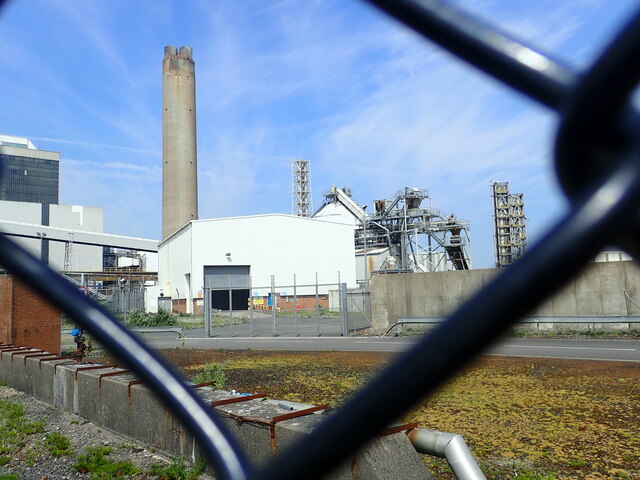
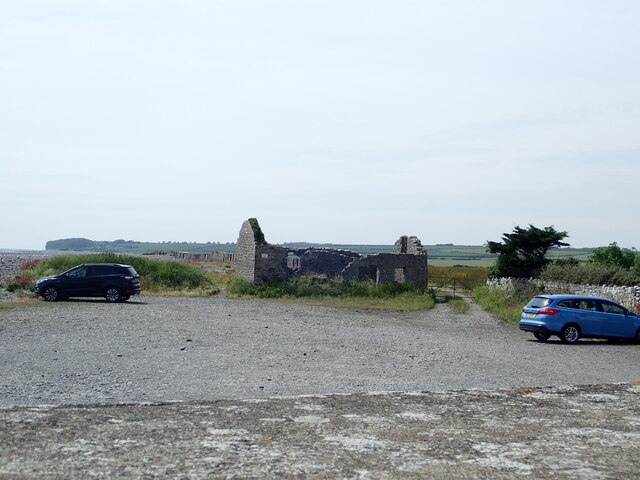
Boys Village is located at Grid Ref: ST0267 (Lat: 51.393545, Lng: -3.4099437)
Unitary Authority: The Vale of Glamorgan
Police Authority: South Wales
What 3 Words
///waistcoat.workflow.overheat. Near Rhoose, Vale of Glamorgan
Nearby Locations
Related Wikis
Gileston
Gileston (Welsh: Silstwn) is a small Welsh village near West Aberthaw in Bro Morgannwg (the Vale of Glamorgan) on the coast of South Wales. == Location... ==
Gileston Manor
Gileston Manor is a manor and country house located next to St Giles' Church in the small village of Gileston near St Athan, Vale of Glamorgan, Wales....
Gileston railway station
Gileston railway station served the village of Gileston in South Wales. == Description == The station had two platforms with a building on the down platform...
Boys Village
St Athan Boys' Village was a village-style holiday camp located in West Aberthaw, Vale of Glamorgan, Wales. == Development and operations == Philanthropist...
Aberthaw power stations
Aberthaw Power Station refers to two decommissioned coal-fired and co-fired biomass power stations on the coast of South Wales, near Barry in the Vale...
Limpert Bay
Limpert Bay (Welsh: Bae Limpert) is a beach on the Bristol Channel which connects to Watch House Beach to the East, the line of division is the run-off...
St Athan
St Athan (Welsh: Sain Tathan) is a village and community in the Vale of Glamorgan in South Wales. The village and its parish church are dedicated to Saint...
St Tathan's Church
St Tathan's Church is a medieval church in St. Athan, in the Vale of Glamorgan, Wales. It is dedicated to Saint Tathan. The building's origins are probably...
Nearby Amenities
Located within 500m of 51.393545,-3.4099437Have you been to Boys Village?
Leave your review of Boys Village below (or comments, questions and feedback).
